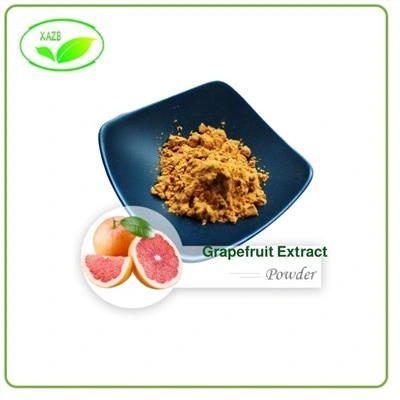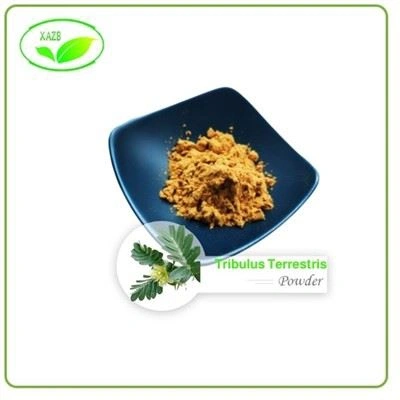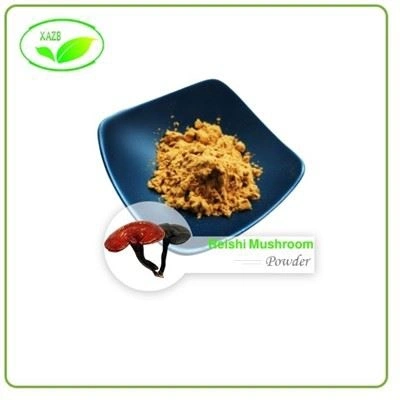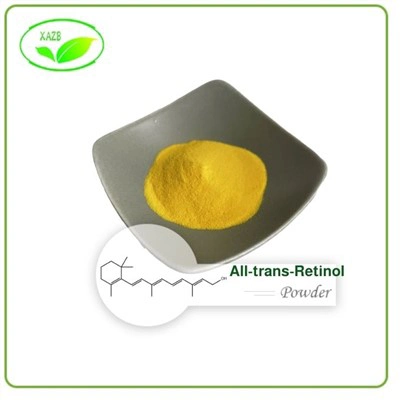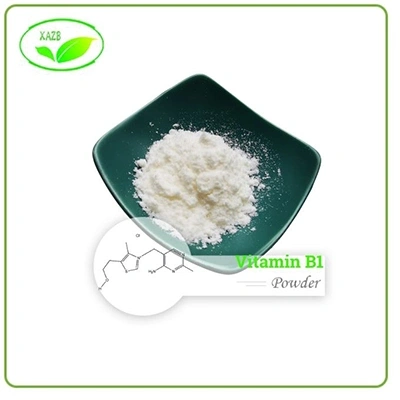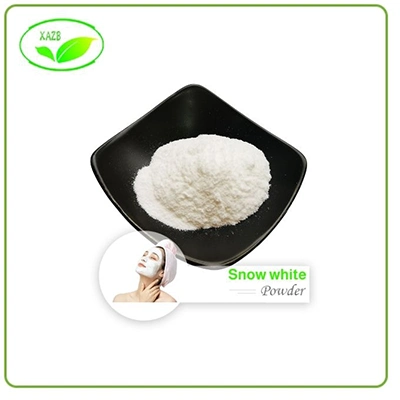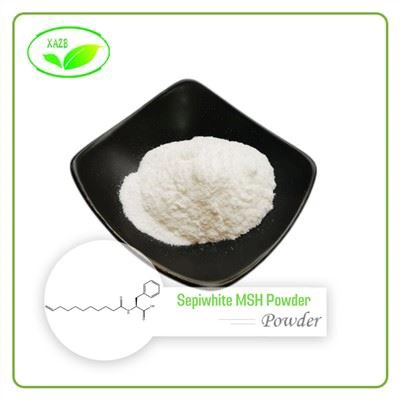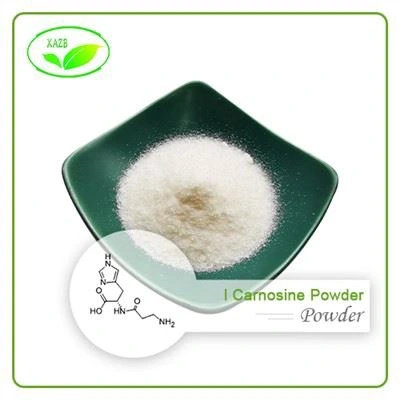Is Arbutin Suitable For Daytime Use
Arbutin, also known as myricetin, is a skin whitening active substance that integrates the concepts of "green", "safe", and "efficient" because it originated from natural green plants. Arbutin is an ideal whitening agent for whitening cosmetics, with two optical isomers, namely α "And" "type, with biological activity is the" "isomer." ". It is a white slightly yellowish powder at room temperature, easily soluble in water, and is added to many whitening and maintenance products.
1. What is Arbutin Powder?
Arbutin, also known as myricetin, is a skin whitening active substance that integrates the concepts of "green", "safe", and "efficient" because it originated from natural green plants. Arbutin is an ideal whitening agent for whitening cosmetics, with two optical isomers, namely α "And" "type, with biological activity is the" "isomer." ". It is a white slightly yellowish powder at room temperature, easily soluble in water, and is added to many whitening and maintenance products.
Arbutin powder is one of the most safe and effective whitening ingredients currently popular abroad, and is also the most competitive skin whitening and freckle removing active agent in the 21st century. In cosmetics, it can effectively whiten and remove freckles on the skin, gradually fade and remove freckles, chloasma, melanosis, acne, and age spots. High safety, no irritation, sensitization, and other side effects. In order to stabilize performance, an appropriate amount of antioxidants such as sodium bisulfite and vitamin E are usually added to achieve better whitening, freckle removal, moisturizing, softening, wrinkle removal, and anti-inflammatory effects. It can be used to eliminate redness and swelling, promote wound healing without leaving scars, and inhibit the formation of dandruff.
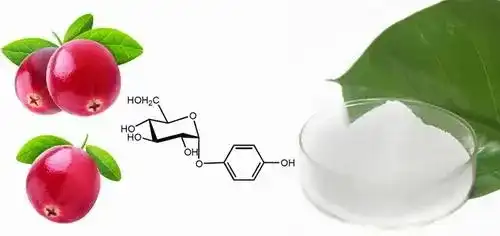
2. Difference Between Alpha Arbutin and Beta Arbutin
Arbutin powder has two structures: alpha arbutin powder and beta arbutin powder.
(1). The sources of α- Arbutin and β- arbutin are completely different.
β- Arbutin can be extracted from plants through cell culture and artificial synthesis, enzyme transformation, and plant extraction.
α- Arbutin can generally only undergo sugar transfer reactions through the enzymes of different microorganisms, allowing one molecule of glucose and one molecule of hydroquinone to combine to form a single α- Arbutin. Superior stability, effectiveness, and safety β- Arbutin.
(2). α- The price of arbutin is β- About 8 times as much as arbutin.
(3). α- The whitening effect of arbutin is β- More than 15 times as much as arbutin.
(4). α- Arbutin has a stronger inhibitory effect on tyrosinase activity.
(5). α Ursolin has better stability, α Arbutin does not decompose at a high temperature of 100 ° C; β Arbutin decomposes slightly over 60 ° C.
(6). α- Arbutin is not photosensitive and can be used during the day.
(7). α- Arbutin does not exist in nature and can only be obtained through fermentation.
(8). β- Arbutin has been used in the market for a long time, so the commonly used arbutin is β- Arbutin instead of α- Arbutin.
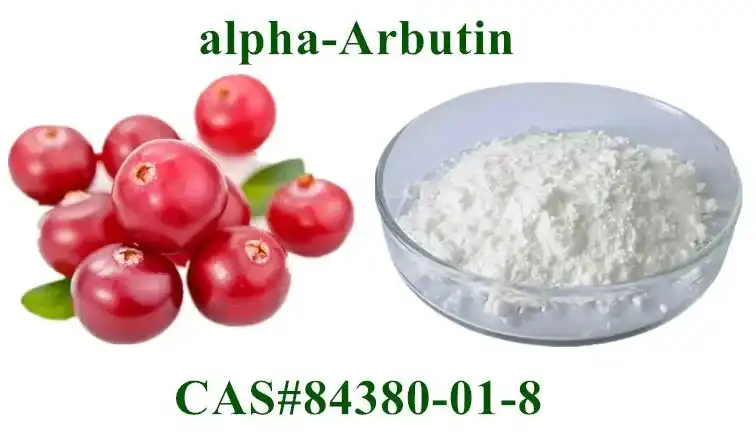
3. Is Arbutin Suitable For Daytime Use?
Arbutin reduces the production of melanin by inhibiting the activity of the enzyme tyrosinase that produces melanin, and its mechanism of action is similar to that of the whitening drug hydroquinone.Arbutin has more glucose molecules in its structure than hydroquinone, which is less irritating and can be freely added to maintenance products with a concentration limit of up to 7%.
The active molecule of arbutin can penetrate the basal layer for deep spot removal, and has a strong therapeutic effect on chloasma, black spots, sunburn, and pigmentation left over from drug allergies. However, if the concentration is too low, the persistence of its effect will be weakened. Therefore, a concentration of 5% is the safest and most efficient spot removal concentration, and a concentration of 5% is faster than vitamin C for spot removal. Moreover, the persistence of the spot removal is stable, and does not have a stimulating effect on the skin.
After being absorbed by the skin, arbutin will be reduced to hydroquinone, which has caused some people to doubt the safety of arbutin and believe that arbutin still has the opportunity to produce side effects similar to hydroquinone. The most commonly heard statement is that "maintenance products containing arbutin should not be used during the day, otherwise they will not whiten and become darker.".
Experiments have shown that only arbutin with a concentration exceeding 7% is likely to be photosensitive, so 7% is a safety threshold. The addition of ingredients in maintenance products has clear regulations, and the maximum concentration limit is 7%. Within this concentration range, arbutin is not sufficient to produce photosensitivity, and it is not necessary to use it in a dark place. Absorbed through the skin and decomposed by light, it will be reduced to hydroquinone, producing a whitening effect.


